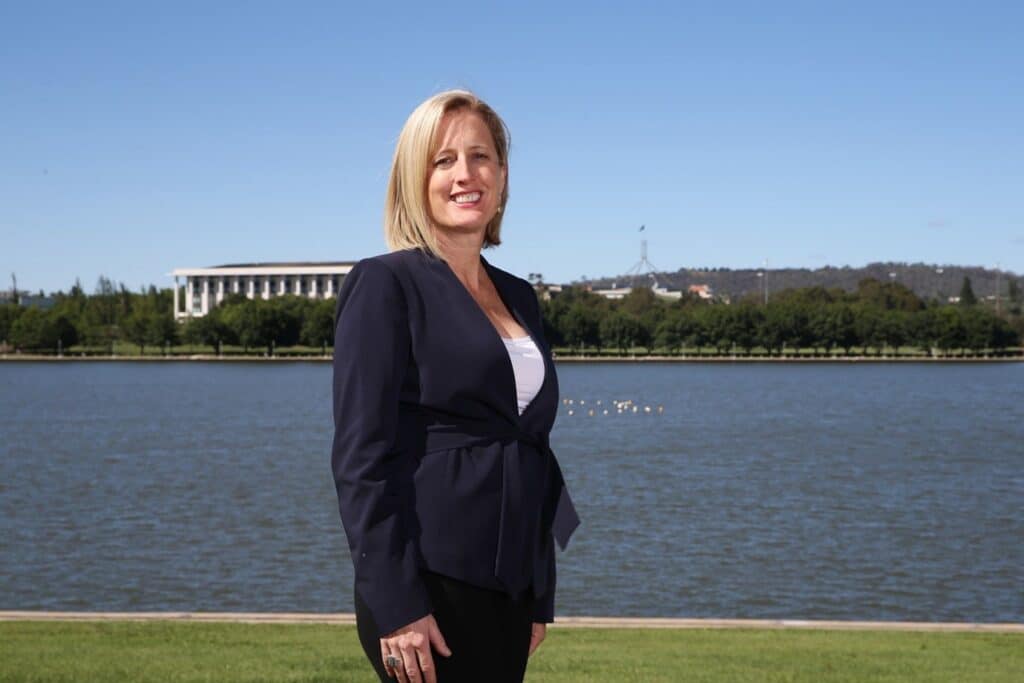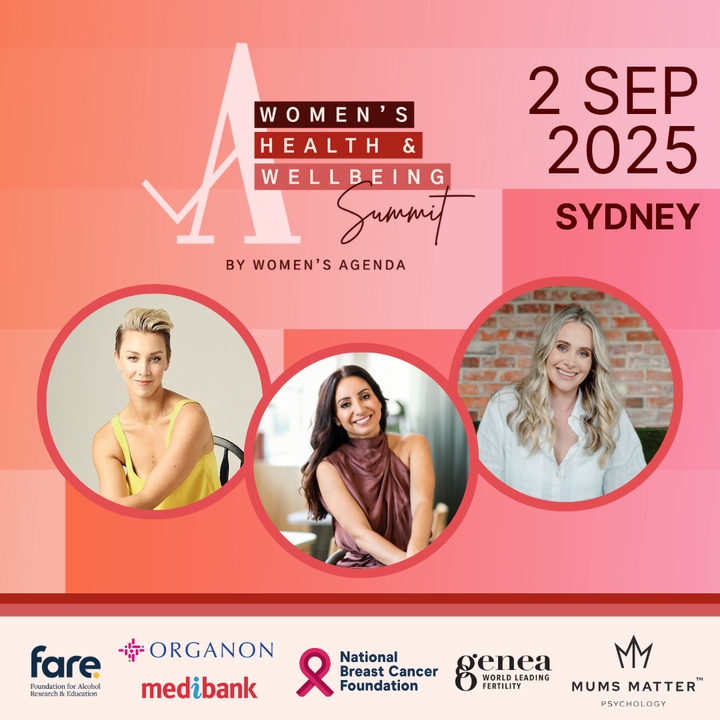Australia has submitted a national review on progress made towards gender equality to the United Nations Economic and Social Commission for Asia and the Pacific.
The submission coincides with the anniversary of the Beijing Declaration and Platform for Action– a plan adopted by 189 countries at the Fourth United Nations World Conference on Women in Beijing in 1985, with the aim to advance gender equality worldwide.
“The report reflects Australia’s positive journey towards achieving gender equality– acknowledging the significant legislative, policy and structural reforms implemented since the last report five years ago,” said Minister for Women Katy Gallagher.
The report covers the period between 1 May 2019 to 1 June 2024 and focuses on the Australian Government’s actions at a national level.
Australia’s first ever national strategy to achieve gender equality, Working for Women: A Strategy for Gender Equality, was released in March 2024, with the goal to drive action in five priority areas: ending gender-based violence, unpaid and paid care, economic equality and security, health and representation in leadership.
Highlighting some of the positive steps Australia has taken, Gallagher points towards “making early childhood education and care cheaper and making the Paid Parental Leave scheme longer and more flexible”.
In 2023, child care became cheaper for most Australian families, with the Child Care Subsidy rates increasing to improve affordability of early childhood education and care (ECEC).
Also in 2023, the Government announced they will be expanding its paid parental eave scheme by 6 weeks to 26 weeks by 2026. And from 1 July 2025, subject to the passage of legislation, superannuation will be paid on government funded paid parental leave.
When it comes to women’s safety, Gallagher points to the government’s record $3.4 billion investment in the National Plan to End Violence against Women and Children, which introduced paid domestic violence leave, workplace protections to protect against sexual harassment and assault at work as well as those who experience violence from workplace discrimination.
Looking at improved transparency and the gender pay gap, the report also highlights the government’s legislative reform that requires employers with 100 or more employees to publish their pay gap data publicly.
And within political leadership, Australia currently has the highest recorded number of women in federal parliament with 44.5 per cent of seats across both chambers held by women.
The report also acknowledges that further progress is needed to achieve a gender equal society in Australia. This is particularly true when it comes to the nation’s crisis of violence against women.
The statistics on the matter have been stark, with one woman in Australia killed every 11 days by a current or former intimate partner in 2022-2023.
One in 3 women in Australia have experienced physical violence, and and 1 in 5 have experienced sexual violence. The rates are even worse for First Nations women, who are 33 times more likely to be hospitalised due to family violence related assaults than non-Indigenous women.
“Australia is committed to being a global leader on gender equality,” said Gallagher.
“It’s no secret that more work needs to be done to improve gender equality in Australia, including ending violence against women, better valuing and sharing paid and unpaid care, and closing the gender pay gap, but this report shows that we are heading in the right direction.”
Australia’s report will inform a global synthesis that will be submitted to the 69th session on the Commission on the Status of Women in March 2025.


